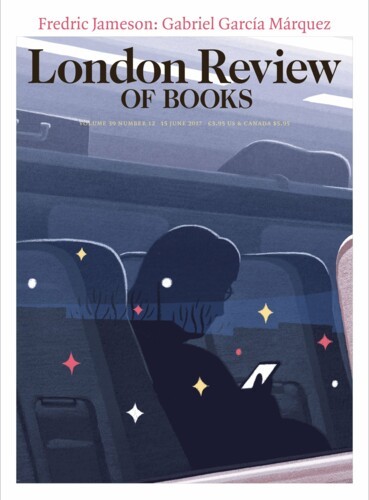More than sixty years ago, puffing on an untipped Senior Service (we were allowed to smoke in those days) to cover up the reek in a dissecting room at St Thomas’s Hospital, I was struck down by a pandemic virus that had recently evolved in China. By the time I fell ill (its onset was very sudden) the virus had already killed more than 20,000 people in the UK, with 1150 dying every week at its peak, and 80,000 in the US. In the first UK wave, more than half the deaths occurred in the under-55s. It went for the elderly later, in its second wave. It killed quickly: nearly 20 per cent of its younger victims died before getting to hospital and two-thirds were dead within 48 hours of admission. But it has been airbrushed out of history, despite being by far the most lethal pandemic to affect Britain at any time in the hundred years after the ‘Spanish’ flu pandemic at the end of the First World War.
Hugh Pennington
Hugh Pennington’s Covid-19: The Post-Genomic Pandemic is due in the autumn.
The emergence of a new coronavirus in Wuhan at the end of 2019 has not been a virological surprise. New coronaviruses causing respiratory infections have been detected from time to time since SARS (which was a surprise) in 2002-3; MERS came in 2012. How ‘new’ these viruses are is debatable.
In 2004 I described the basis of attacks on the MMR vaccine as ‘unsubstantiated speculation masquerading as science’, and finished the piece: ‘I despair.’ Measles is now busier in Europe than it was fifteen years ago.
‘Chlorinated chicken’ is pejorative. Chlorine gas doesn’t come into it. The meat isn’t bleached. Poultry carcasses are washed with dissolved antimicrobials such as sodium chlorite, chlorine dioxide and trisodium phosphate. The EU banned it in 1997, not because the washes leave the meat dangerous to eat but because it might incentivise poultry producers and processors to give hygiene a lower priority. This argument was used in the 1930s by opponents of milk pasteurisation.
A recent review by scientists in Australia of 73 historical studies of insect decline concluded that insect biodiversity is threatened worldwide, and 40 per cent of insect species are threatened with extinction over the next few decades. But there is a puzzle. The classes that are declining fastest are butterflies, bees and dung beetles. No one is going out of their way to eliminate them. Other insects that we attack deliberately and for which extinction would be a cause for celebration are doing well.
Read anywhere with the London Review of Books app, available now from the App Store for Apple devices, Google Play for Android devices and Amazon for your Kindle Fire.
Sign up to our newsletter
For highlights from the latest issue, our archive and the blog, as well as news, events and exclusive promotions.

